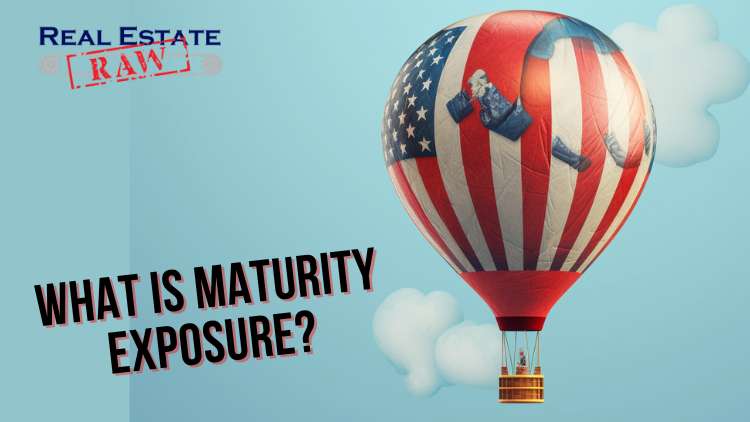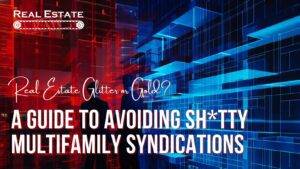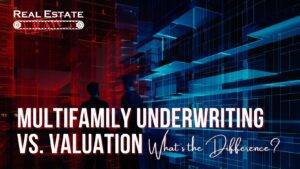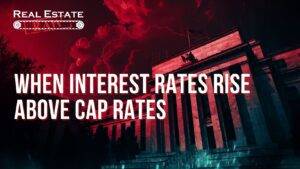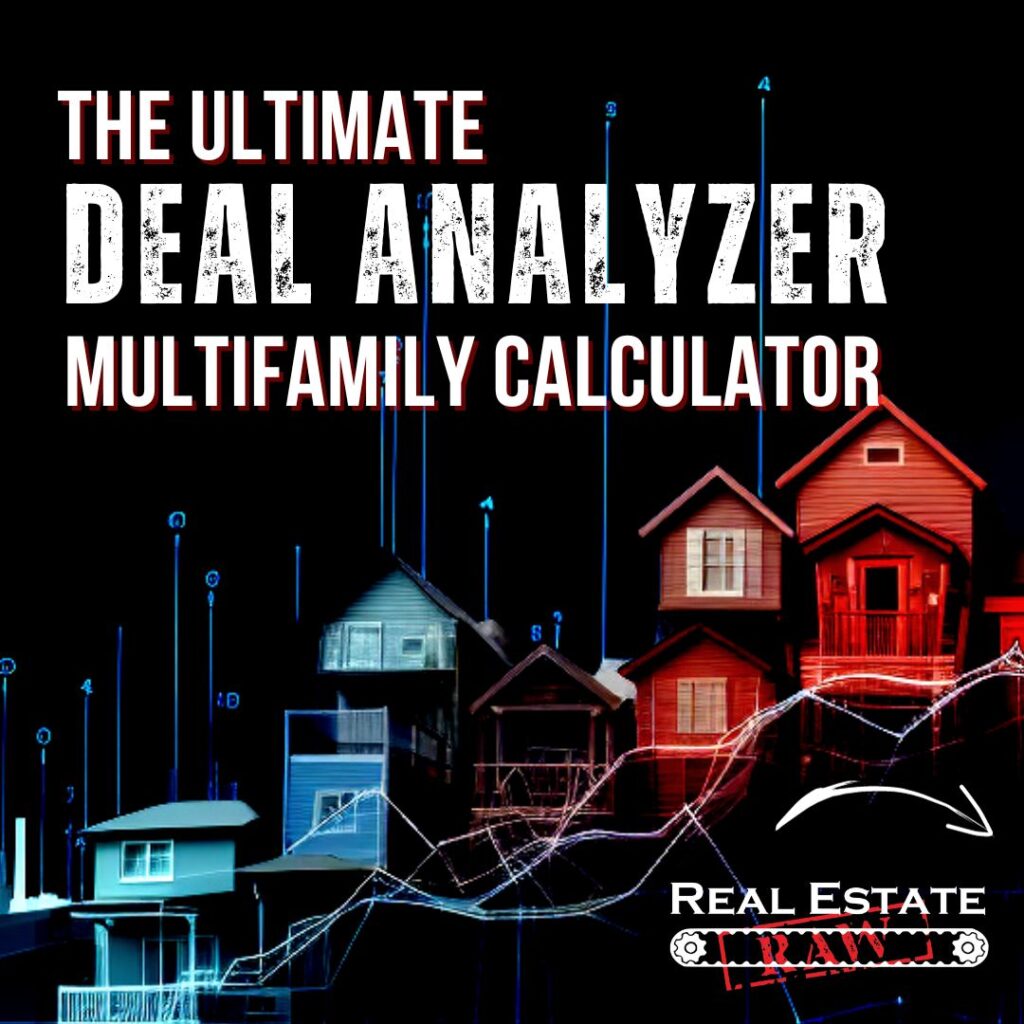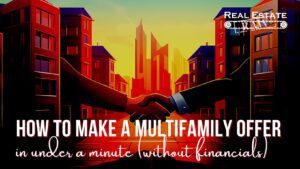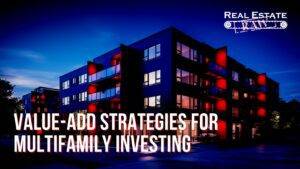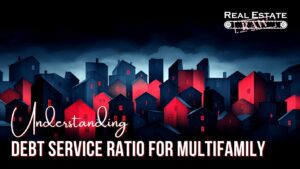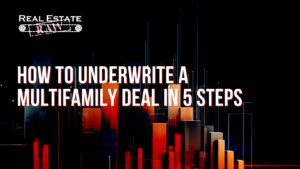Maturity exposure is the risk that a borrower is exposed to when a loan reaches the end of its term (maturity date), and the balance must be paid off (balloon loan). A balloon note is a loan that is not “fully amortized” meaning the balance will not be paid in full by making every payment. At the end of the term, the loan will “balloon” or in other words the balance will be due at the maturity date.
If the value of the asset is greater than the loan amount, there is not usually much issue selling or refinancing. The problem comes when the value of the asset is less than (or near) the loan balance when maturity date hits. Maturity exposure.
The multifamily real estate market is facing a new threat (or opportunity). The Wall Street Journal has reported that there is approximately $270 Billion in commercial mortgage debt coming due this year.
Will these owners be able to sell those properties at a profit?
Will the seller be able to refinance?
If you want to buy their property, will YOU be able to get a loan?
Will the deal cash flow?
These are certainly questions I have been asking myself. With this record amount of debt coming due, many of the loans will struggle to be recapitalized. The key aspect is to understand the debt service coverage ratio (DSCR).
The debt ratio is the ratio between the net operating income (NOI) of a property and the annual debt service.
Annual Net Operating Income / Annual Debt Service = Debt Service Coverage Ratio (DSCR)
If the property is at a 1.0 DSCR then there is $1 of NOI for every dollar of annual loan payment. If you are below 1.0% then the deal has negative cash flow, and you will be making a mortgage payment out of pocket.
Most traditional commercial lenders look for a DSCR of 1.2 to 1.3 on average with the most common being a 1.25 DSCR.
When the interest rates go up, so does the size of our mortgage payments. If the debt service goes up, the debt service ratio goes down. When the DSCR falls below the acceptable threshold for the lender, there are only two things you can do.
Pay less or borrow less! That’s it.
Now consider this from the point of a refinance or a purchase of a multifamily asset. The math is the same. If an owner wants to refinance their property, they will be constrained by the DSCR. How much equity they could pull out of the deal would be dependent on the DSCR being about 1.2 to 1.3 for most traditional lenders.
A lender will look at the properties total NOI and formulate the DSCR. The owner will most likely not be able to pull out more equity than a (approx.) 1.25 DSCR worth.
Again, the math is simple. The owner will be able to refinance and recover the difference between what they currently owe on the property and the value calculated by obtaining a 1.25 DSCR. What some sellers will find is that with the new (much higher) interest rates, they will not be able to refinance and pull money out. In fact, they will need to bring fresh cash to the deal to bring the DSCR up to the lender’s acceptable rate.
That is not a cash out refinance but a CASH IN refinance or what is known as a “capital call”. Bad words.
The Buy, Renovate, Refinance, Repeat (BRRR) model of buying and asset and forcing the value up by renovating and raising rents works great… until it doesn’t. It works great until the Feds raise the interest rates at a historically fast rate.
Now consider the same owner decides to sell the property instead of refinance. The prospective buyer (you) will be facing the same math. If you plan to finance the deal with traditional debt, your loan to value (LTV) will be determined by a 1.25ish DSCR.
This is where the “pay less or borrow less” comment comes in.
If the seller is set on a certain price and the lender will only lend you a 1.25 DSCRs worth of equity based on the sellers in place NOI (not proforma), then all you can do is put down more downpayment until you get the DSCR to the acceptable rate for your lender. Borrow less.
The other option is to set your down payment at an acceptable level for you personally. Perhaps you have a certain amount of cash available to you now or maybe you don’t want to raise more money from investors. Whatever the reason, set the down payment (I use 75% LTV personally) and now lower the purchase price to bring the DSCR into range. Pay less.
If you can’t get the price down or put down more money… you will simply sacrifice cashflow.
These three options are why I am predicting a hard reset for a lot of sellers. This may or may not ultimately result in a decline in pricing in the multifamily space. There are a lot more factors to consider than I am discussing here to make that comment BUT… I think there is a tremendous amount of maturity exposure in the real estate market in general right now.
The market has not had time to adjust fast enough. Sellers want prices that buyers can afford. The reason buyers can’t afford the prices is that the interest rates have gone up so much in such a short among of time that the seller/buyer bid ask gap is cripplingly large right now. Sellers want what buyers can’t pay. How does this turn out? Threat or opportunity? We shall see!
For more information like this check out www.RealEstateRaw.com or my Facebook group Real Estate Raw for Investors.

